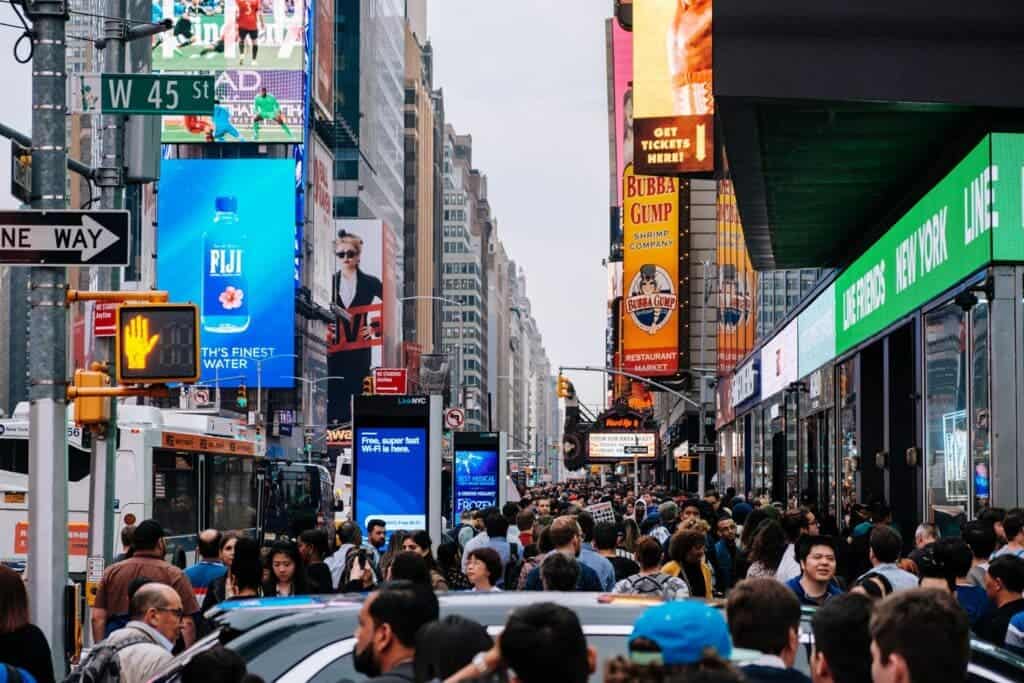In what seems like a lifetime ago, a March article from the Washington Post called the American suburban lifestyle a “secret weapon” against COVID-19. “The United States, however, already practices a form of social distancing in its daily life through suburban living,” the article read, adding that Americans have “a form of protection many Italians or Chinese didn’t”. Looking at things now, that couldn’t sound further from the truth.
The article makes reasonable assumptions, and no doubt, many policymakers made the same calculations in their mind. China’s population density is 397 people per square mile. Italy’s is 532 people per square mile, and South Korea’s is 1,366. In the US, population density is 94 people per square mile. “That’s got to be a fact in our favor,” the WP columnist continues.
But now, the US is towering far above anyone else in terms of total cases, and Italy’s days of being the coronavirus epicenter are far gone, so what happened? Turns out, it’s not just about Italy or the US — the density argument just seems overrated.

Intuitively, it makes a lot of sense. Denser population means more face-to-face interaction, which makes disease transmission more likely and seems to favor the emergence of hotspots. But when it comes to putting that theory to the test, there’s a surprising lack of scientific evidence.
“The impact of density on emerging highly contagious infectious diseases has rarely been studied,” the authors of a recent study note.
For instance, the increased transmission seems very likely, but on the other hand, dense areas tend to have better access to healthcare and greater implementation of distancing policies.
The very first studies that came out seem to suggest that population density is indeed linked with COVID-19 fatalities. But what one study found, for instance, is that density is linked with cumulative COVID-19 fatalities, but not with the increased transmission. That doesn’t really tell us much about the situation at hand, and for a few months, we’ve largely been poking in the dark with assumptions. Now, the data is finally in.
The new data makes a very different case. According to a newly published study, larger metropolitan areas do have higher infection and higher mortality rates, but this is not owed to the density itself, but rather to connectivity and commuting relationships. For instance, counties with higher densities (but no large metropolitan areas) have significantly lower virus-related mortality rates than do counties with lower densities. It’s not about whether you live in a suburban house or an apartment block, it’s about how many people you interact with on a day to day basis.
“These findings suggest that connectivity matters more than density in the spread of the COVID-19 pandemic,” researchers note. “Large metropolitan areas (and megaregions) with a higher number of counties tightly linked together through economic, social, and commuting relationships are the most vulnerable to the pandemic outbreak. They are more likely to exchange tourists and businesspeople with each other and with other parts of the world, thus increasing the risk of cross-border infections.”
If we zoom out a bit and just take a look at a national level, again, there’s no apparent correlation between density and COVID-19 outbreak severity.
This is a gross simplification, but it emphasizes the idea that regardless of how much you zoom out or in, population density doesn’t seem to be a straightforward problem to address.
A separate study found the same thing: urban population density was linked to an earlier outbreak, but not a more severe one. Very big cities can stand as an outlier, but in general, density doesn’t seem to be the make-or-break aspect we considered it to be.
So what does this mean for COVID-19 outbreaks? Well, as expected, crowded urban areas are indeed fertile hotspots for the virus — not because of how many people there are, but because of how interconnected those people are.
The disease is striking at some of the very values we cherish in communities, hitting the thriving interconnected areas that so often serve as innovation hotspots. But maybe this is an opportunity to improve things.
A separate study found that income inequality was also linked with the severity of the outbreak — and the largest cities are known to be hotspots of income inequality. Maybe if we make cities more equal and fair, infectious diseases wouldn’t hit them so hard.
After all, this is probably just the first of many to come.


